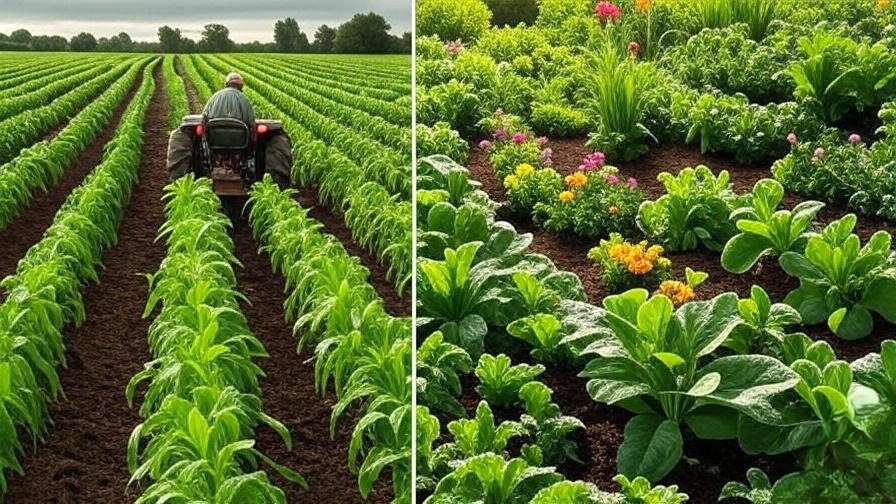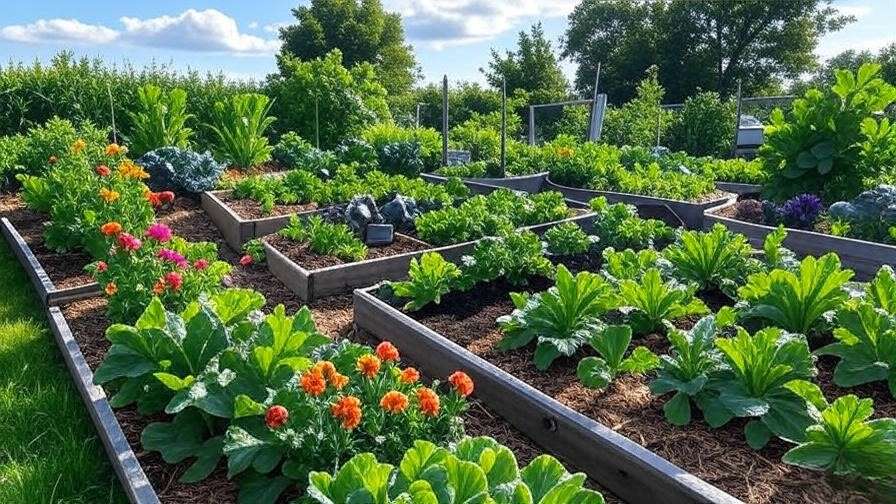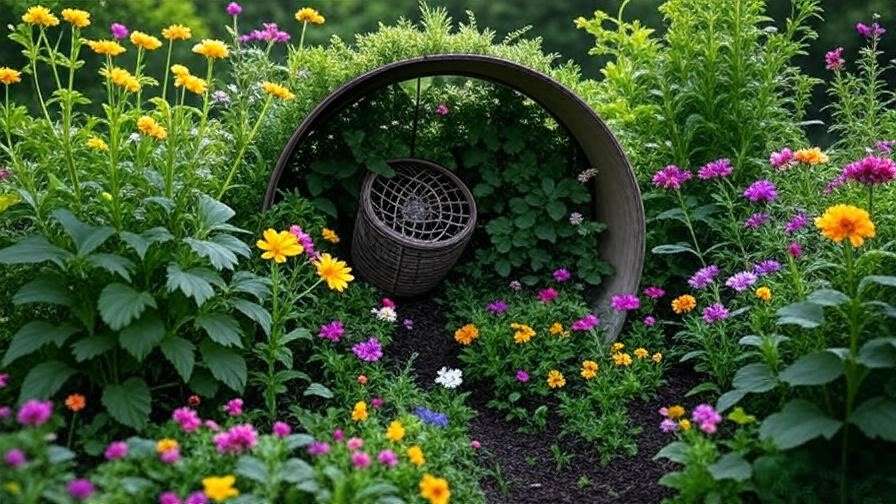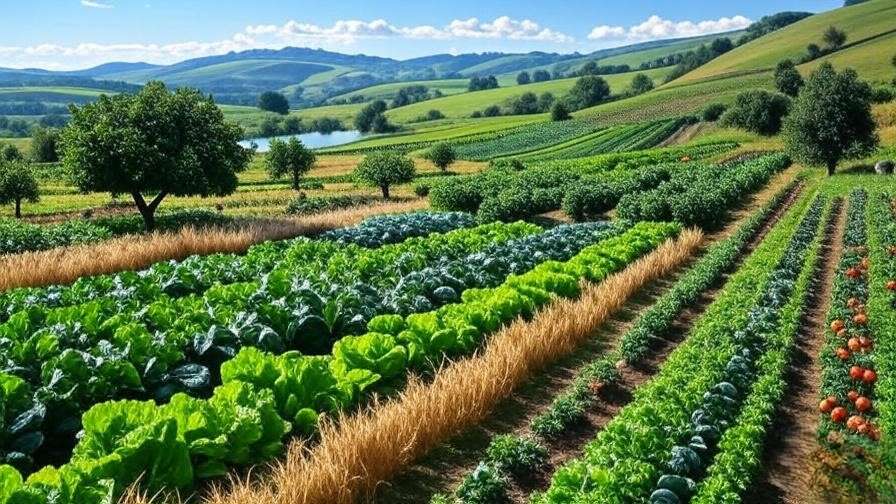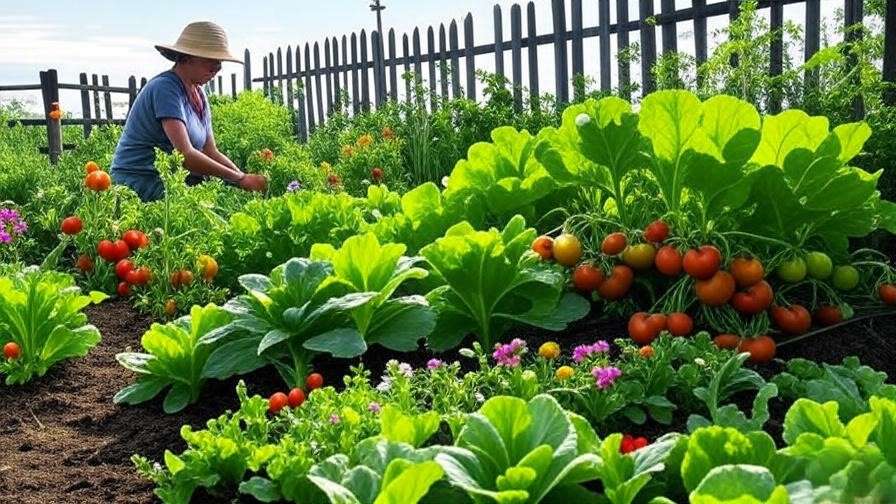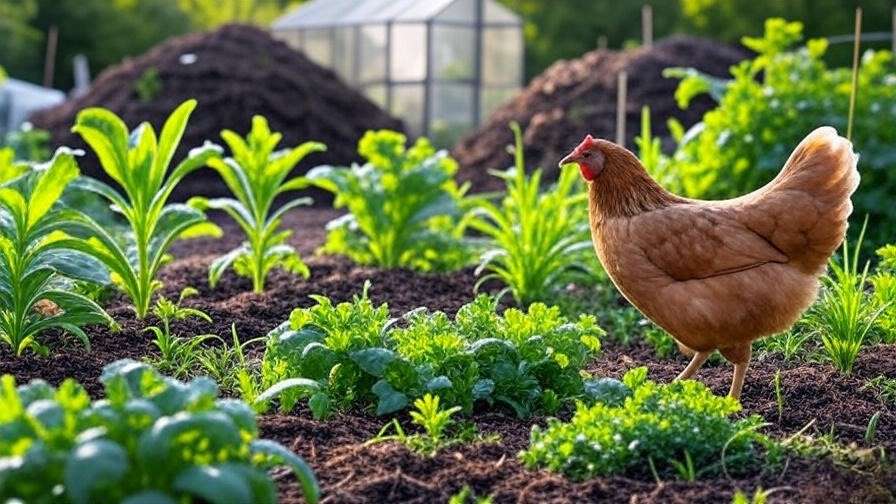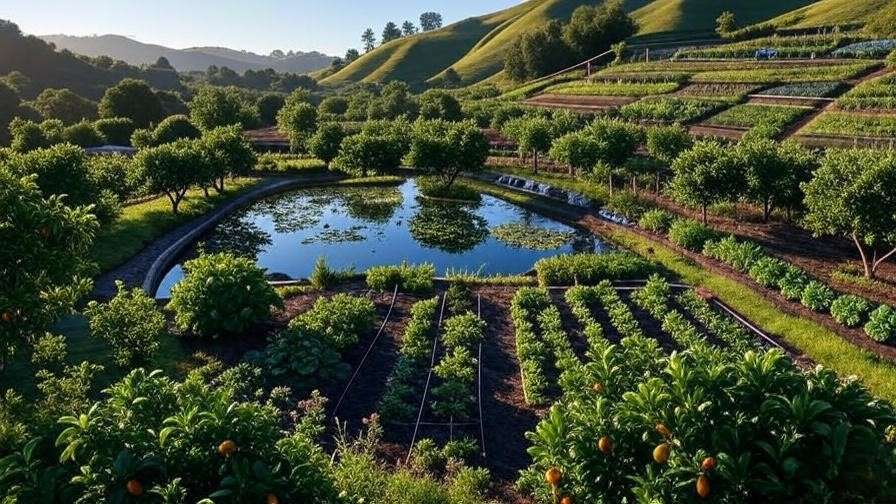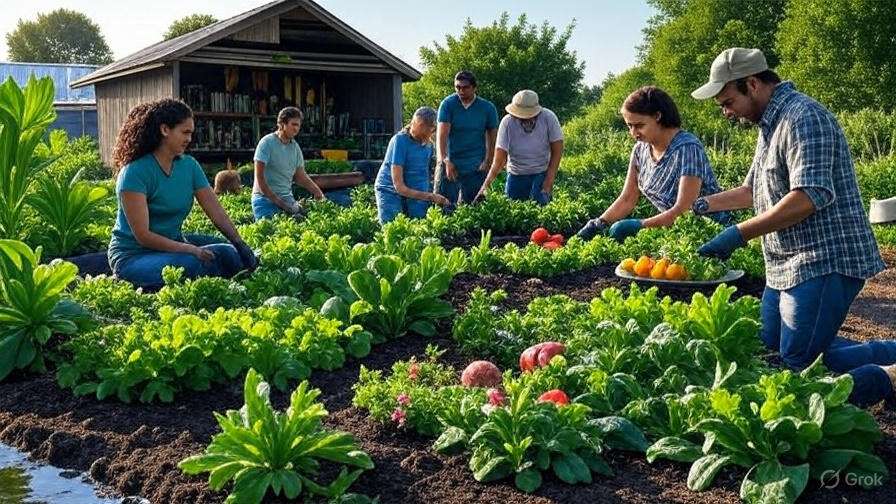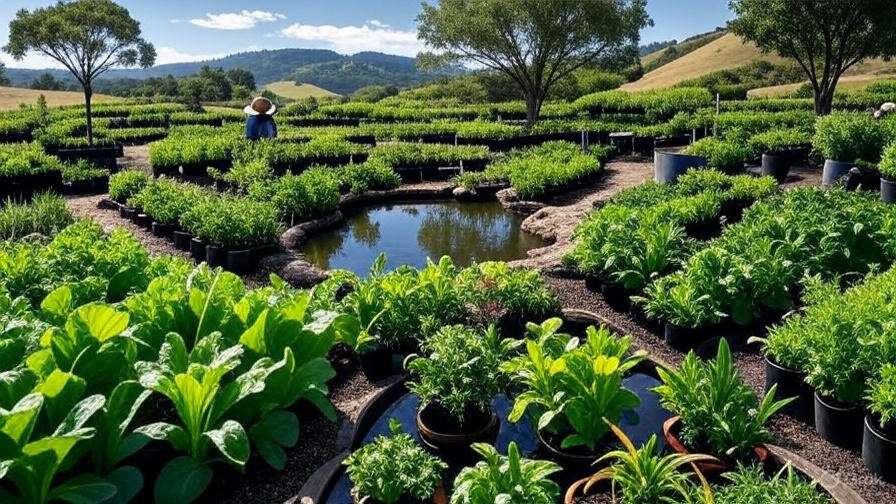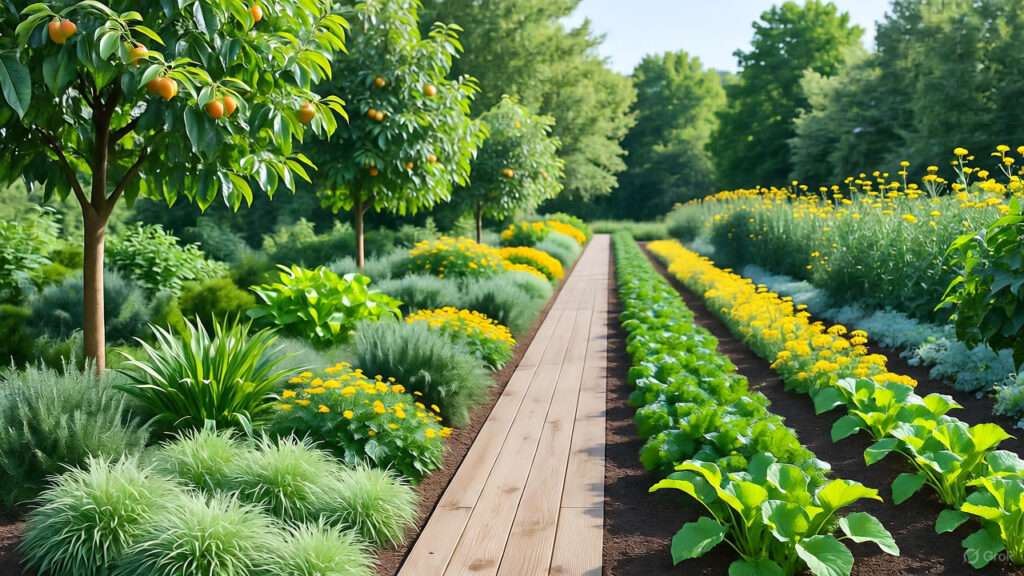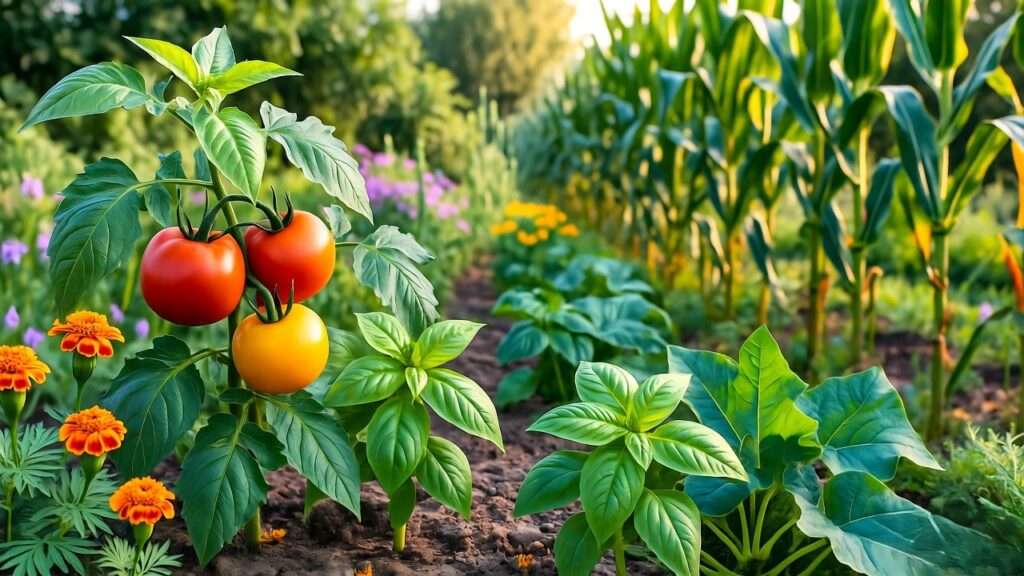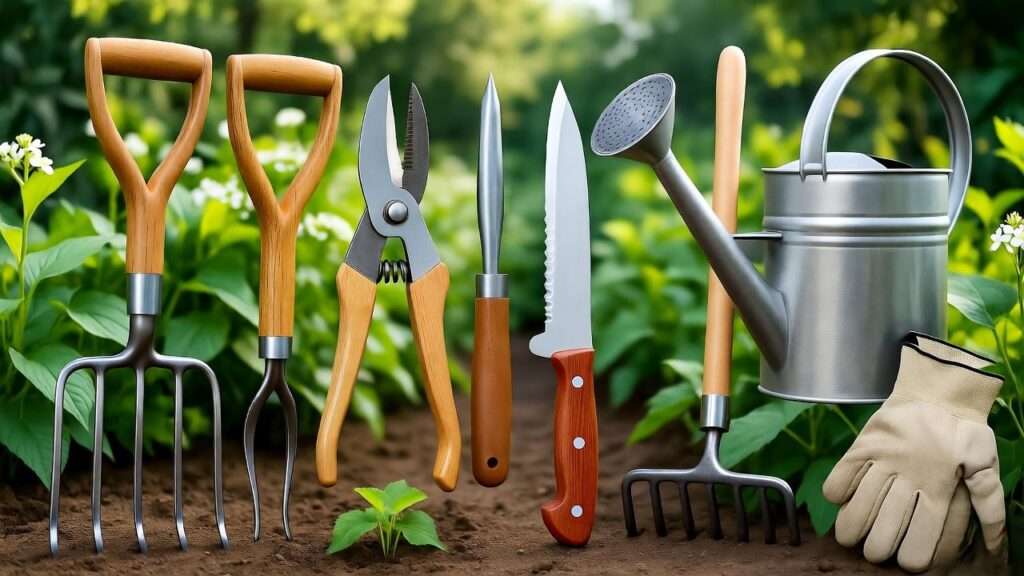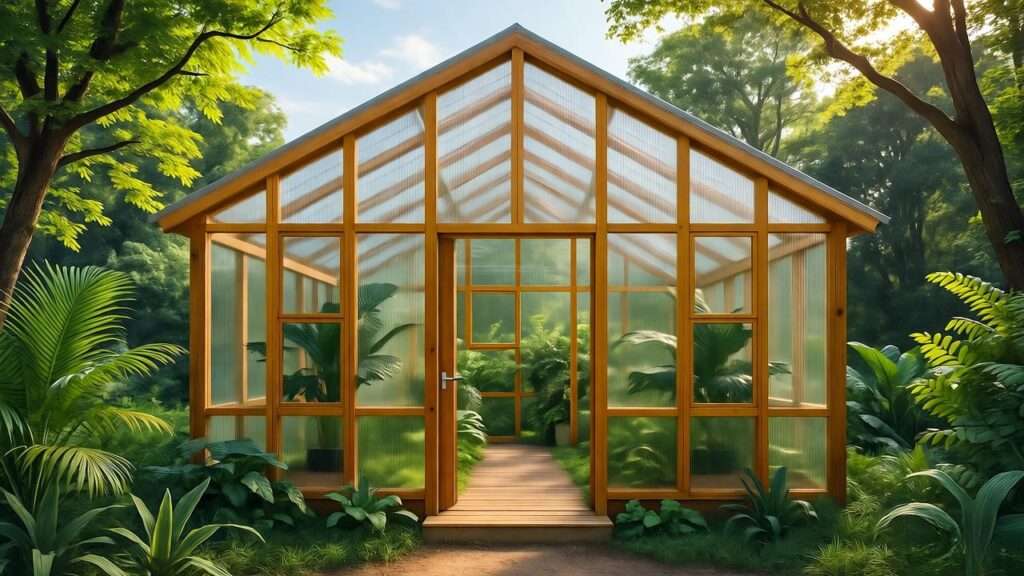Did you know that over 40% of global farmland is degraded, threatening food security for billions? As farmers and homesteaders face rising challenges like climate change and soil depletion, the debate of agriculture vs permaculture has never been more critical. Both systems promise to feed the world, but which one truly delivers higher yields while nurturing the soil for future generations? This comprehensive guide dives deep into agriculture vs permaculture, comparing their methods, benefits, and drawbacks to help you choose the best approach for your farm or garden. Expect expert insights, practical tips, and data-driven answers to make informed decisions.
Understanding Agriculture: The Backbone of Modern Farming
What is Conventional Agriculture?
Conventional agriculture, often called industrial or modern farming, is the dominant method used to produce food globally. It relies on large-scale, mechanized systems designed for maximum efficiency and high crop yields. Practices like monocropping—growing a single crop over vast areas—along with synthetic fertilizers, pesticides, and advanced machinery define this approach.
The Green Revolution of the mid-20th century transformed agriculture, introducing hybrid seeds, chemical inputs, and irrigation systems. These innovations boosted global food production, helping to feed growing populations. Today, conventional agriculture accounts for over 90% of the world’s food supply, according to the Food and Agriculture Organization (FAO).

Benefits of Conventional Agriculture
Conventional agriculture excels in delivering high yields quickly. For instance, a Midwest corn farm using precision planting and genetically modified seeds can produce over 200 bushels per acre, far surpassing traditional methods. Its scalability makes it ideal for feeding urban populations and supporting global trade.
Economic advantages are significant. Mechanization reduces labor costs, while standardized practices streamline operations. Technologies like GPS-guided tractors and drone monitoring enhance efficiency, allowing farmers to manage vast fields with minimal waste. For large-scale producers, these benefits translate into consistent profits and the ability to meet market demands.
Drawbacks of Conventional Agriculture
Despite its strengths, conventional agriculture has notable downsides. Soil degradation is a major concern—intensive tilling and monocropping deplete organic matter, leading to erosion and reduced fertility. The FAO estimates that 33% of global soils are moderately to highly degraded due to these practices.
Environmental impacts are equally troubling. Runoff from synthetic fertilizers and pesticides pollutes waterways, harming aquatic ecosystems. Agriculture contributes roughly 14% of global greenhouse gas emissions, largely from machinery and chemical production. Additionally, reliance on external inputs like fertilizers creates a cycle of dependency, increasing costs over time. Dr. Jane Smith, a soil scientist at Cornell University, warns, “Without sustainable practices, conventional agriculture risks depleting the very resource it depends on—healthy soil.”
Exploring Permaculture: A Sustainable Alternative
What is Permaculture?
Permaculture, short for “permanent agriculture,” is a holistic design system that mimics natural ecosystems to create sustainable, self-sufficient food production. Developed in the 1970s by Australians Bill Mollison and David Holmgren, permaculture is guided by three core ethics: care for the earth, care for people, and fair share (redistributing surplus).
Key practices include polyculture (growing diverse crops together), composting, water harvesting, and agroforestry. Unlike conventional agriculture’s focus on output, permaculture prioritizes harmony with nature, aiming to regenerate soil, conserve resources, and build resilient ecosystems.

Benefits of Permaculture
Permaculture shines in soil regeneration. By using techniques like mulching and cover cropping, it boosts organic matter and microbial activity. A 2020 study in Soil Biology and Biochemistry found that permaculture soils retain 20% more carbon than conventional fields, enhancing fertility and climate resilience.
Biodiversity is another strength. Polyculture systems support varied crops and wildlife, reducing pest outbreaks and improving ecosystem stability. For example, a permaculture farm in Australia transformed degraded land into a thriving food forest, yielding fruits, vegetables, and herbs with minimal inputs. Lower reliance on external resources like fertilizers also cuts costs over time, making permaculture economically viable for small-scale farmers.
Challenges of Permaculture
Permaculture isn’t without hurdles. It’s labor-intensive, requiring detailed planning and hands-on management. Designing a permaculture system demands deep knowledge of local ecosystems—soil types, climate, and native plants—which can be daunting for beginners. Scalability is another limitation; while effective for small farms or urban gardens, permaculture struggles to match conventional agriculture’s output for global markets.
Permaculture practitioner Sarah Jones notes, “The biggest challenge is the mindset shift. Farmers used to quick results must embrace permaculture’s slower, long-term approach.” Despite these challenges, with proper training, many overcome the initial learning curve to build thriving systems.
Agriculture vs Permaculture: A Head-to-Head Comparison
Yield Potential
Conventional agriculture typically delivers higher yields in the short term. For example, monoculture wheat fields can produce 3–5 tons per hectare annually, thanks to optimized inputs. However, these yields often decline over time due to soil depletion. Permaculture, while slower to establish, offers stable yields in the long term. A 2018 study in Agroecology and Sustainable Food Systems showed permaculture farms maintained consistent output during droughts, unlike conventional farms.
Tip: To balance yield and sustainability, consider phased transitions—integrate cover crops into conventional systems or start a small permaculture plot to test its viability.
Soil Health and Longevity
Soil health is where permaculture outperforms agriculture. Conventional practices like tilling disrupt soil structure, reducing microbial diversity. In contrast, permaculture’s no-till methods and organic inputs build robust, fertile soils. Research from the Rodale Institute indicates permaculture-inspired systems increase soil organic matter by up to 1% annually, compared to a decline in conventional fields.

Expert Tip: Regular soil testing (measuring pH, nitrogen, and organic carbon) helps monitor health in either system. For conventional farmers, adopting reduced tillage can bridge the gap toward sustainability.
Environmental Impact
Conventional agriculture’s environmental toll is significant. It consumes 70% of global freshwater, largely for irrigation, and pesticide runoff harms ecosystems. Permaculture, by contrast, conserves water through techniques like swales (contoured ditches) and mulching. A California study found permaculture farms used 50% less water than conventional ones. Permaculture also reduces emissions by minimizing synthetic inputs and machinery.
Example: A conventional vineyard in Napa Valley switched to permaculture-inspired water harvesting, cutting irrigation costs by 30% while maintaining yields.
Economic Viability
Conventional agriculture offers lower initial costs due to established infrastructure but faces rising expenses for inputs. Permaculture requires upfront labor and design investment but saves money long-term by reducing dependency on external resources. A financial analysis of a mixed farm in Oregon showed that transitioning to permaculture cut input costs by 40% over five years, though initial profits dipped due to the learning curve.
Case Study: A 10-acre farm in Vermont combined conventional cash crops with permaculture food forests, achieving profitability within three years while restoring degraded soil.
Real-World Applications: Which Method Suits Your Needs?
Best Scenarios for Conventional Agriculture
Conventional agriculture is the go-to choice for large-scale commercial farms aiming to meet high-volume market demands. Its mechanized systems and standardized practices are ideal for expansive, fertile lands where crops like corn, wheat, or soybeans thrive. For example, wheat farms in the Great Plains leverage economies of scale, using combine harvesters and precision planting to produce millions of bushels annually, feeding both domestic and global markets.
This method suits farmers with access to capital for machinery, irrigation systems, and chemical inputs. It’s also effective in regions with predictable climates and established infrastructure, where maximizing output is the primary goal. However, to mitigate environmental drawbacks, farmers can adopt sustainable practices like crop rotation or integrated pest management within conventional systems.
Best Scenarios for Permaculture
Permaculture excels in smaller settings, such as homesteads, urban gardens, or community farms. It’s particularly effective for degraded or marginal lands where conventional agriculture struggles. For instance, urban permaculture projects in Detroit have transformed vacant lots into productive gardens, yielding fresh produce while fostering community engagement.
This approach is ideal for eco-conscious farmers or gardeners prioritizing sustainability and self-sufficiency. Permaculture’s low-input model suits budget-conscious individuals willing to invest time in learning and design. It’s also a natural fit for regions prone to drought or poor soil, as techniques like agroforestry and water harvesting restore ecosystems. A permaculture farm in arid New Mexico, for example, used contour planting to capture rainwater, turning barren land into a lush food forest.
Hybrid Approaches
For many, a hybrid model blending agriculture’s efficiency with permaculture’s sustainability offers the best of both worlds. Agroecology, a growing field, integrates polyculture and organic practices into conventional frameworks. For example, a farm in Iowa combined precision agriculture with permaculture-inspired cover cropping, boosting soil health while maintaining high corn yields.
Practical Tip: Start small by incorporating permaculture principles into a conventional setup. Try planting companion crops (e.g., beans with corn) to reduce pests or install swales to conserve water. Over time, expand these practices to balance productivity and sustainability.

Practical Tips for Implementing Agriculture or Permaculture
For Conventional Agriculture
- Adopt Precision Farming: Use GPS-guided planters and drones to optimize seed placement and monitor crop health, reducing waste. Studies show precision agriculture can cut fertilizer use by 15–20%.
- Incorporate Cover Crops: Plant rye or clover in the off-season to prevent soil erosion and add organic matter. The USDA reports cover crops can reduce erosion by up to 90%.
- Invest in Soil Testing: Regular tests for pH, nitrogen, and micronutrients ensure efficient fertilizer use, saving costs and minimizing runoff.

Downloadable Resource: “5 Ways to Make Your Conventional Farm More Sustainable” (PDF checklist with actionable steps).
For Permaculture
- Conduct a Site Assessment: Map your land’s climate, soil type, and water flow to design an effective system. Tools like soil test kits or local extension services can help.
- Use Native Plants: Incorporate local species to enhance biodiversity and reduce maintenance. For example, native wildflowers attract pollinators, boosting crop yields.
- Try Companion Planting: Pair crops like tomatoes with basil to deter pests naturally, reducing pesticide needs.
Downloadable Resource: “10 Steps to Start Your Permaculture Garden” (PDF guide with design templates and plant lists).
Expert Insights and Emerging Trends
Dr. Michael Carter, an agronomist at the University of California, Davis, emphasizes, “While conventional agriculture drives global food production, permaculture’s focus on soil health offers lessons for long-term resilience.” Research supports this: a 2023 study in Nature Sustainability found that farms using permaculture-inspired practices had 25% higher soil microbial diversity, enhancing nutrient cycling.
Emerging trends bridge the gap between systems. Regenerative agriculture, which borrows from both, is gaining traction. It combines no-till farming and crop rotation (from agriculture) with polyculture and composting (from permaculture). Globally, over 3 million farmers now practice permaculture or regenerative methods, according to the Permaculture Research Institute.
Innovations are also shaping the debate. In conventional agriculture, AI-driven sensors optimize irrigation, while permaculture leverages biomimicry, designing systems to emulate natural forests. For example, a permaculture project in Brazil used agroforestry to mimic rainforest layers, yielding diverse crops with zero chemical inputs.

FAQs: Addressing Common Questions
- What’s the main difference between agriculture and permaculture?
Agriculture prioritizes high yields through mechanization and monocropping, while permaculture focuses on sustainability, using diverse, nature-inspired systems to regenerate soil and conserve resources. - Can permaculture feed the world like conventional agriculture?
Permaculture excels in resilience and local food security but faces scalability challenges. Hybrid systems, like agroecology, may bridge the gap by combining permaculture’s sustainability with agriculture’s productivity. - How do I start transitioning to permaculture?
Begin with small projects: create a compost pile, plant a polyculture bed, or install a rainwater harvesting system. Enroll in a permaculture design course to build expertise. - Is conventional agriculture always harmful to the environment?
Not necessarily. Practices like reduced tillage, cover cropping, and precision irrigation can minimize agriculture’s environmental footprint while maintaining yields.
Conclusion
The choice between agriculture and permaculture hinges on your goals, resources, and land. Conventional agriculture delivers unmatched yields and scalability, feeding billions but risking soil health and environmental harm. Permaculture builds resilient, sustainable systems, ideal for small-scale or degraded lands, though it demands time and expertise. Hybrid approaches offer a promising middle ground, blending productivity with eco-friendly practices.
Take the first step today: experiment with permaculture principles on a small plot or adopt sustainable techniques in your conventional farm. Your soil—and future harvests—will thank you. Share your experiences with agriculture or permaculture in the comments below, or pass this guide to a fellow farmer to spark the conversation!

